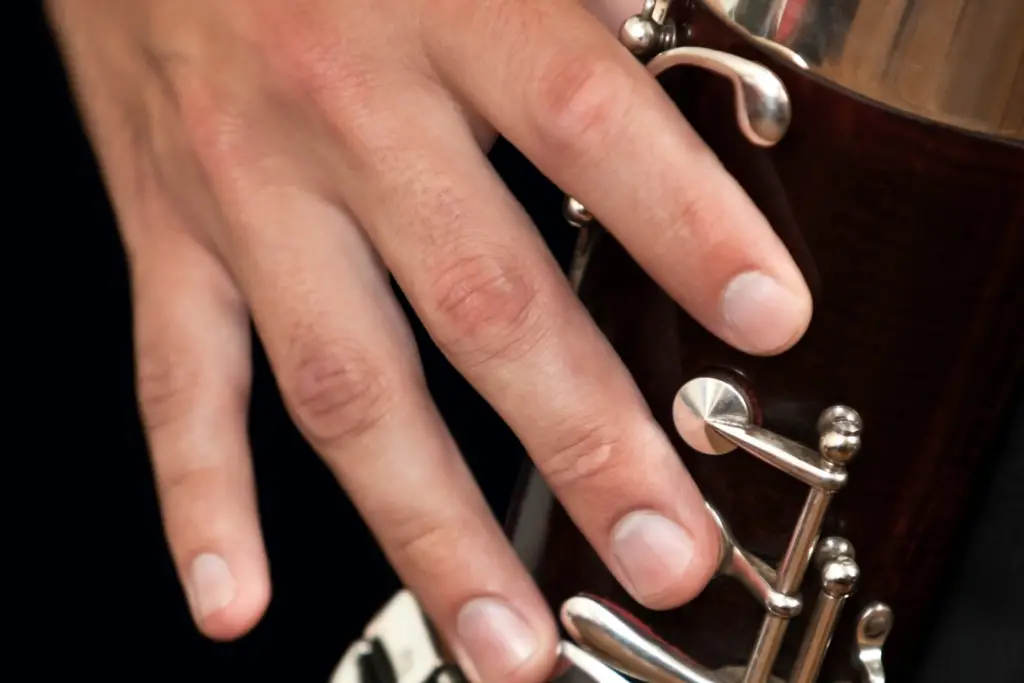The bassoon, with its warm, resonant tone and incredible range, is a staple of orchestras and ensembles. However, its complex design and double-reed setup make tuning it a unique challenge. Mastering the art of tuning a bassoon ensures your instrument blends well with others while delivering its signature sound. In this guide, we’ll explore the steps to tune a bassoon effectively and provide tips to achieve a perfect tone.
Understanding the Basics of Bassoon Tuning
Why Tuning Matters
Tuning is crucial to ensure that your bassoon harmonizes with other instruments in an ensemble or orchestra. Proper tuning prevents clashes in pitch, allowing the music to flow seamlessly.
The Bassoon’s Tuning Range
- The bassoon’s range spans from B♭1 to E5, covering over three octaves.
- Some notes, particularly in the bassoon’s extreme ranges, may naturally lean sharp or flat due to the instrument’s acoustics.
Factors That Influence Tuning
Several variables can impact the bassoon’s pitch:
- Reed: The size, strength, and condition of the reed play a major role.
- Temperature: Colder environments can cause the pitch to drop, while warmer conditions may make it rise.
- Embouchure: How you shape your lips and control airflow affects intonation.
- Instrument Age and Setup: Older bassoons or poorly adjusted keys may have tuning inconsistencies.
Steps to Tune a Bassoon
1. Warm Up the Instrument
Before tuning, ensure your bassoon is warmed up:
- Play long tones for 5–10 minutes to stabilize the pitch.
- Avoid tuning immediately after assembling the instrument, as the pitch may fluctuate as it warms up.
2. Use a Tuner or Reference Pitch
- Tuner: An electronic tuner is a helpful tool for pinpoint accuracy.
- Reference Pitch: In ensembles, tune to a reference note, typically A440 (440 Hz).
3. Tune the A Note (Middle Range)
- Begin by playing the A3 (middle A) note, as this is often the reference pitch for orchestras.
- Check the pitch against the tuner or reference note and adjust as needed.
4. Adjust the Reed Position
The reed is the primary point of tuning adjustments:
- To Lower the Pitch: Push the reed farther onto the bocal.
- To Raise the Pitch: Pull the reed slightly off the bocal.
- Small adjustments can have a noticeable effect, so proceed incrementally.
5. Check the Bocal Length
The bocal (the curved metal tube connecting the reed to the bassoon) also influences pitch:
- Longer Bocal: Produces a slightly lower pitch.
- Shorter Bocal: Produces a slightly higher pitch.
- Experiment with different bocal lengths if tuning issues persist.
6. Test Across Octaves
- Play notes across the bassoon’s range (low, middle, and high) to ensure consistent tuning.
- Focus on notes that are commonly out of tune, such as F3 or A♭2.
Tips for Maintaining Consistent Tuning
1. Optimize Your Reed
A well-made reed is essential for stable intonation:
- Check for Balance: Ensure both blades of the reed vibrate evenly.
- Adjust the Tip Opening:
- A smaller opening may lower the pitch.
- A larger opening may raise the pitch.
- Replace Worn Reeds: Old or damaged reeds can cause tuning inconsistencies.
2. Develop a Controlled Embouchure
Your embouchure directly affects pitch stability:
- Use a firm but relaxed lip seal around the reed.
- Avoid biting down on the reed, as this can distort the pitch.
- Practice long tones to refine your embouchure and airflow control.
3. Monitor Air Support
Consistent air pressure helps maintain stable tuning:
- Use diaphragmatic breathing to provide steady airflow.
- Avoid sudden changes in breath intensity, which can cause pitch fluctuations.
4. Learn to Lip Notes Into Tune
Advanced players can make subtle adjustments to pitch using their embouchure:
- To Lower the Pitch: Relax your embouchure slightly.
- To Raise the Pitch: Tighten your embouchure slightly.
Troubleshooting Common Tuning Issues
1. Flat Notes
If certain notes are consistently flat:
- Check the reed; it may be too soft.
- Adjust your embouchure for firmer support.
- Ensure your bocal is not too long.
2. Sharp Notes
If certain notes are consistently sharp:
- Push the reed farther onto the bocal.
- Relax your embouchure to slightly drop the pitch.
- Avoid overblowing, which can raise the pitch.
3. Inconsistent Tuning Across the Range
If some registers are in tune while others are not:
- Test for leaks in the bassoon’s joints or pads.
- Consider having your instrument serviced if mechanical issues persist.
Advanced Tuning Techniques
1. Use Harmonics for Fine Tuning
Harmonics can help refine your tuning:
- Play a fundamental note and its harmonic (e.g., low B♭1 and its higher overtones).
- Ensure the harmonic pitch matches the fundamental note’s pitch.
2. Practice Tuning Exercises
Incorporate these exercises into your practice routine:
- Slow Scales: Play scales slowly while focusing on pitch accuracy.
- Drones: Practice against a drone to develop your ear for intonation.
- Interval Matching: Play intervals (e.g., fifths or octaves) and adjust until they are perfectly in tune.
Collaborative Tuning in an Ensemble
1. Blend with Other Instruments
- Listen closely to the pitch of other players and adjust accordingly.
- In orchestras, match your pitch to the oboe, which often sets the reference pitch.
2. Adjust for Environmental Factors
- Be mindful of temperature and humidity, which can affect all instruments.
- Recheck tuning periodically during rehearsals or performances.
Conclusion
Tuning a bassoon is a skill that requires patience, practice, and attention to detail. By understanding the factors that influence pitch, developing a reliable tuning process, and maintaining proper technique, you can achieve a balanced and harmonious sound. Whether you’re playing solo or in an ensemble, mastering bassoon tuning ensures that your instrument shines in any musical setting.

